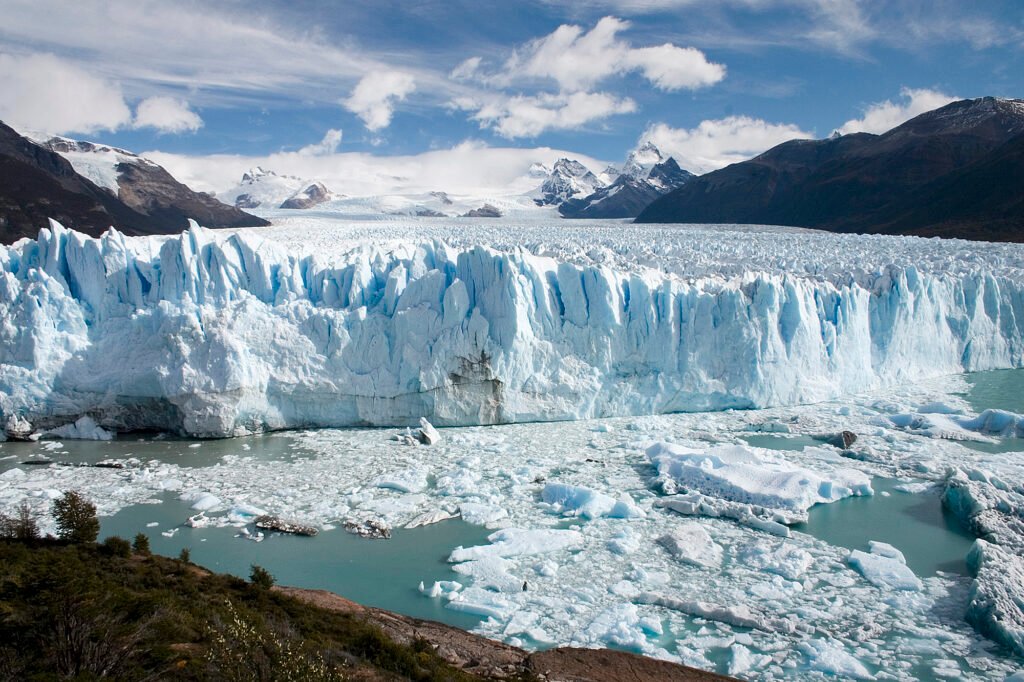Have you ever wondered how the same force that unleashes raging floods can also leave rivers bone-dry? The melting of glaciers is often seen as a slow-motion disaster, but its impact isn’t as simple as “more water everywhere.” In fact, the great thaw can trigger a bizarre contradiction: some communities drown under swollen rivers, while others watch their lakes and streams shrink away. This isn’t just a quirk of nature—it’s a sign that our planet’s water cycle is spinning out of balance in ways that are both breathtaking and terrifying. Let’s pull back the curtain on the freshwater paradox and discover how melting glaciers are rewriting the rules of life for millions on Earth.
The Hidden Reservoirs: Why Glaciers Matter More Than You Think

Glaciers aren’t just frozen scenery—they’re massive freshwater banks, quietly storing water across the world’s mountain ranges and polar regions. Every winter, they gather snow, and every summer, they release meltwater that feeds rivers, lakes, and farmland. In fact, nearly two billion people depend on glacier-fed rivers for drinking water, agriculture, and energy. When you look at a glacier, you’re seeing countless years of snowfall, compressed and preserved like a time capsule. Their steady melt keeps streams flowing during dry seasons, acting as nature’s emergency savings account. Without these icy giants, many regions would face severe water shortages much sooner than they think.
Melting Glaciers: A Global Phenomenon Accelerating Fast

Over the past few decades, the pace at which glaciers are shrinking has astonished scientists. With global temperatures rising, glaciers from the Himalayas to the Andes are losing mass at unprecedented rates. Satellite images from recent years show stark before-and-after contrasts: vast sheets of white replaced by bare rock and muddy pools. This isn’t just happening in far-off places—Europe’s Alps, North America’s Rockies, and even the once-mighty Greenland Ice Sheet are all retreating. The rate of glacier loss is now so rapid that entire landscapes are being reshaped within a single human lifetime. It’s a clear sign that climate change isn’t a distant threat—it’s unfolding right now.
The Paradox Defined: Too Much Water, But Not Enough

It seems almost ridiculous—how can melting ice cause both floods and droughts? The answer lies in timing and geography. As glaciers melt quickly, they unleash torrents of water, overwhelming rivers and lakes downstream. In the short term, this causes dangerous floods, landslides, and erosion. But once the glaciers shrink beyond a certain point, there’s less ice left to melt. Over time, the annual flow of meltwater dwindles, leaving rivers drier than ever before. This “feast or famine” cycle means that communities can be devastated by floods one year, and then face water scarcity the next. It’s a cruel twist of fate, driven by the relentless march of climate change.
Flooded Valleys: When Melting Glaciers Overwhelm Rivers

Picture a mountain valley, lush and green, suddenly battered by torrents of meltwater. This is a reality for many regions near retreating glaciers. When unusually warm weather or heavy rains hit, glaciers can release vast amounts of water in a short burst, overwhelming rivers and flooding towns. In mountainous countries like Nepal, Switzerland, and Peru, these “glacial lake outburst floods” (GLOFs) can wash away bridges, homes, and entire communities. The sudden surge of water picks up rocks, mud, and debris, turning peaceful streams into roaring brown torrents. For those living downstream, it’s like a ticking time bomb—one that’s becoming harder to predict or control.
Drying Rivers: The Vanishing Lifelines of Distant Communities

While some regions face flash floods, others are left thirsting for water as glaciers disappear. In places like the Andes or Central Asia, glaciers act as year-round water sources. As they shrink, the rivers they feed begin to dwindle—especially during dry seasons when rainfall is scarce. Farmers who once relied on steady flows for irrigation now face cracked earth and withered crops. Cities that drew their drinking water from glacier-fed rivers must scramble to find alternatives. The slow decline of these rivers isn’t as dramatic as a flood, but it can be even more devastating in the long run. It’s a silent crisis, creeping forward as glaciers vanish year by year.
Glacial Lake Outburst Floods: Nature’s Sudden Fury

One of the most terrifying consequences of rapid glacier melt is the formation of unstable glacial lakes. As glaciers retreat, they often leave behind depressions that fill with meltwater, creating shimmering blue lakes held back by fragile walls of rock and ice. When these natural dams fail, the lake water rushes out in a violent flood—sometimes with little or no warning. In 2024, for example, a glacial lake outburst in northern India swept away entire villages in minutes. These disasters are becoming more common as glaciers shrink and the number of unstable lakes grows. For mountain communities, it’s a constant reminder that danger can come from above.
Water Security in the Age of Melting Ice

For millions, glaciers are the backbone of their water supply. As these frozen reservoirs vanish, the world faces a new kind of water crisis. Cities like La Paz in Bolivia, or Lhasa in Tibet, depend almost entirely on glacier melt for drinking water and sanitation. When the ice is gone, there’s no backup plan. Hydroelectric power plants, which rely on consistent river flows, may struggle to keep the lights on. Farms and ranches face tough choices: adapt to less water, or abandon their land altogether. The melting of glaciers isn’t just an environmental issue—it’s a looming humanitarian disaster that will touch every corner of society.
Changing Rainfall Patterns: The Role of Climate Change

Melting glaciers aren’t the only factor reshaping water availability. As the planet warms, rainfall patterns are shifting too, often in unpredictable ways. Some regions receive heavier downpours, while others endure longer droughts. These changes can amplify the freshwater paradox: a year with heavy rain might bring devastating floods, while a dry year leaves rivers parched. The combination of shrinking glaciers and erratic weather makes it nearly impossible to plan for the future. Farmers, city planners, and governments find themselves caught in a web of uncertainty, forced to adapt to a world where the old rules no longer apply.
Rural vs. Urban: Unequal Impacts on Water Supply

Not everyone feels the effects of melting glaciers the same way. Rural communities, especially those in remote mountain regions, often have the least resources to cope with water shortages or floods. Their livelihoods—farming, herding, fishing—depend directly on steady water supplies. In contrast, large cities might have more options, like importing water or building expensive treatment plants. But even urban areas aren’t immune; as reservoirs shrink and demand grows, water restrictions and rationing become more common. The freshwater paradox exposes deep inequalities, leaving the most vulnerable to bear the brunt of a crisis they did little to cause.
Agriculture in the Crosshairs: The Struggle to Keep Fields Alive
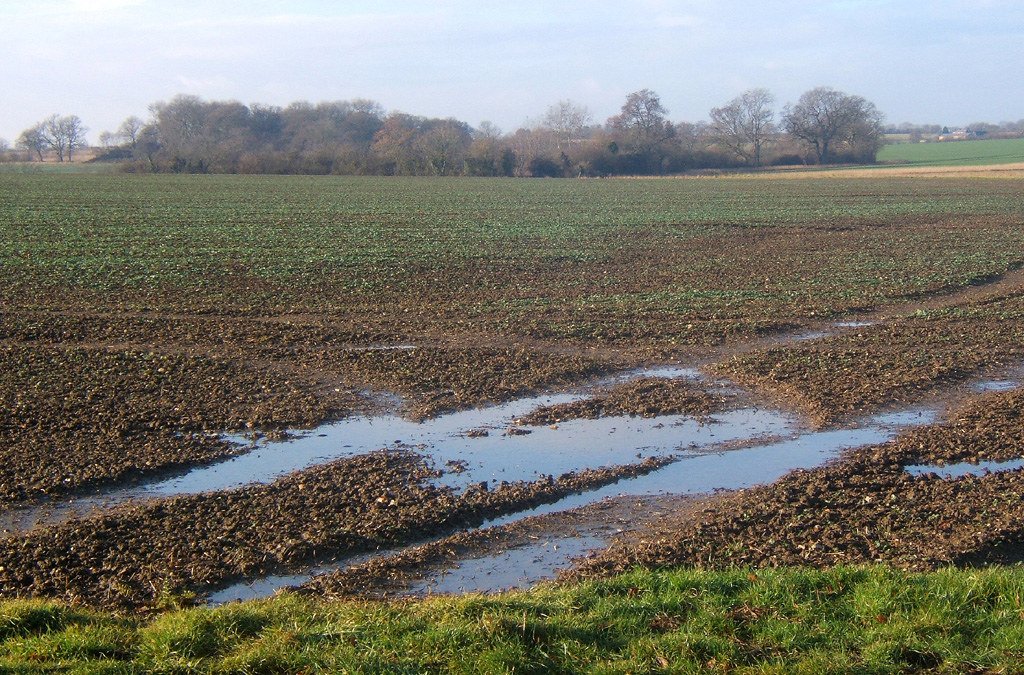
Imagine tending to a field that alternates between drowning and drought. This is now the reality for farmers in glacier-dependent regions. When meltwater floods arrive, crops can drown or be swept away. When the flows dry up, irrigation channels run empty and plants wither. The timing of glacier melt used to be predictable, allowing farmers to plan their planting and harvests. Now, uncertainty reigns. Food security is at risk, not just locally but globally, as many regions export crops fed by glacier water. The stakes couldn’t be higher—without stable water for agriculture, hunger and poverty could rise dramatically.
Hydropower Headaches: When Rivers Run Wild—or Dry

Many countries depend on glacier-fed rivers for hydropower, a clean and renewable energy source. But the freshwater paradox throws a wrench into the works. Floods can damage turbines and power stations, while droughts reduce the flow needed to generate electricity. In 2023, some hydroelectric plants in Central Asia had to shut down temporarily because water levels dropped too low. This energy uncertainty ripples through entire economies, raising costs and increasing reliance on fossil fuels. The dream of cheap, clean power becomes harder to achieve as glaciers melt and river flows become less reliable.
Wildlife at Risk: The Hidden Victims of Changing Water Flows
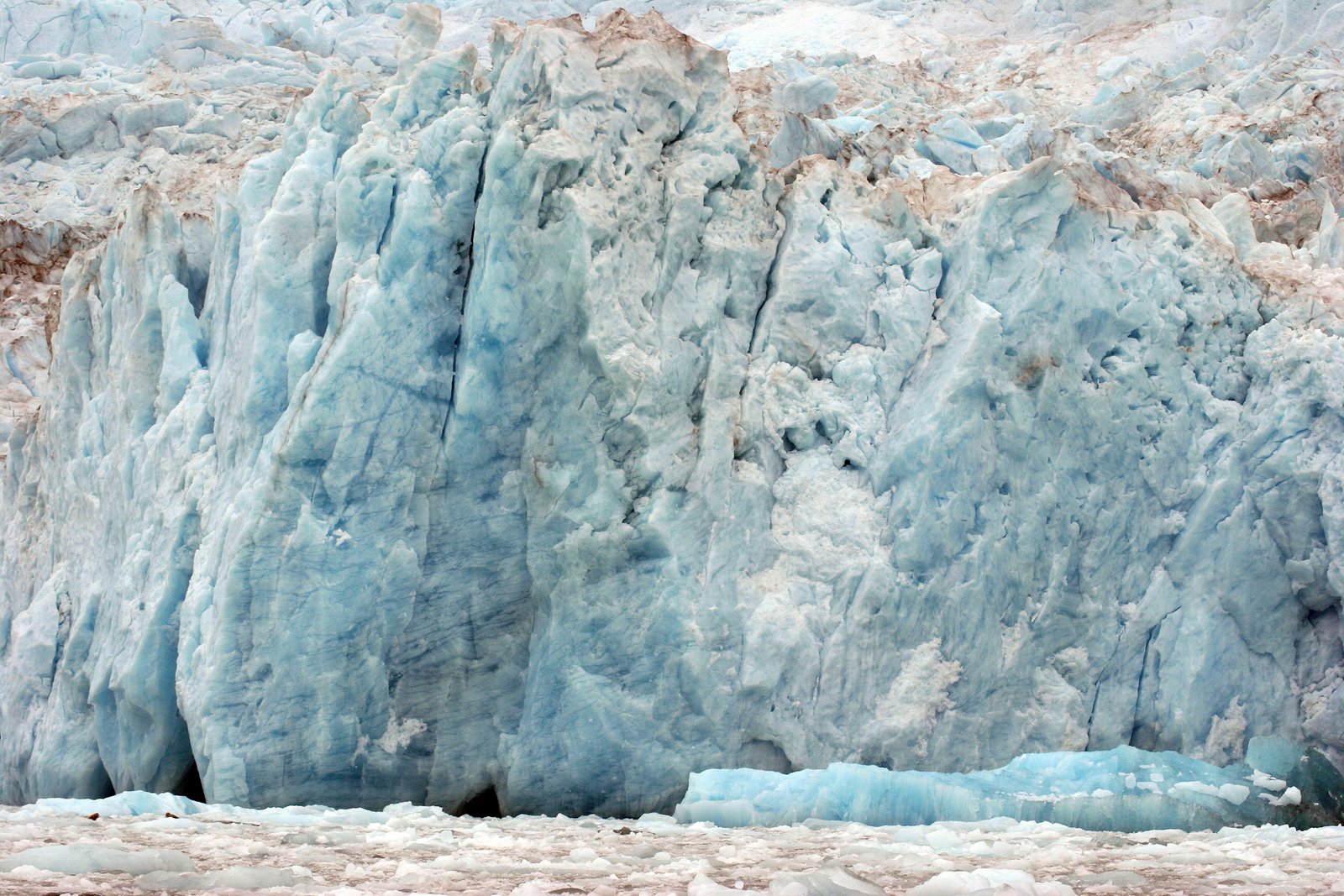
It’s not just people who suffer when glacier-fed rivers change course. Freshwater ecosystems are fragile webs of life, home to fish, amphibians, birds, and countless other creatures. Sudden floods can wash away nests and habitats, while droughts leave riverbeds dry and lifeless. Some species, like the Himalayan snow trout or Andean flamingos, rely entirely on glacier-fed wetlands. As these habitats shrink or disappear, wildlife populations plummet. The loss of biodiversity is a silent tragedy, unfolding alongside the more visible impacts on humans. Saving glaciers isn’t just about water—it’s about protecting the natural world in all its richness.
Indigenous Knowledge: What Traditional Wisdom Teaches Us

For centuries, Indigenous peoples living near glaciers have observed the rhythms of ice and water. Their stories, passed down through generations, describe cycles of abundance and scarcity, floods and droughts. Today, their knowledge is proving invaluable for scientists seeking to understand the freshwater paradox. Many Indigenous communities combine traditional practices—like careful water management and seasonal migrations—with modern science to adapt to changing conditions. Their resilience and ingenuity offer hope in a world where uncertainty is the only constant. We have much to learn from those who have lived in harmony with glaciers for thousands of years.
Engineering Solutions: Can We Outpace the Melting?

As glaciers vanish, governments and engineers are racing to find solutions. Some countries are building new reservoirs and water pipelines to capture meltwater before it’s lost. Others are experimenting with artificial glaciers—structures designed to store winter snow and release it slowly, mimicking natural ice. In Switzerland, engineers have even tried covering glaciers with reflective blankets to slow melting. These efforts are creative, but they’re no substitute for preserving the glaciers themselves. The scale of the problem is massive, and the costs can be staggering. It’s a battle against time—and against the relentless force of climate change.
Global Ripple Effects: Why Melting Glaciers Are Everyone’s Problem
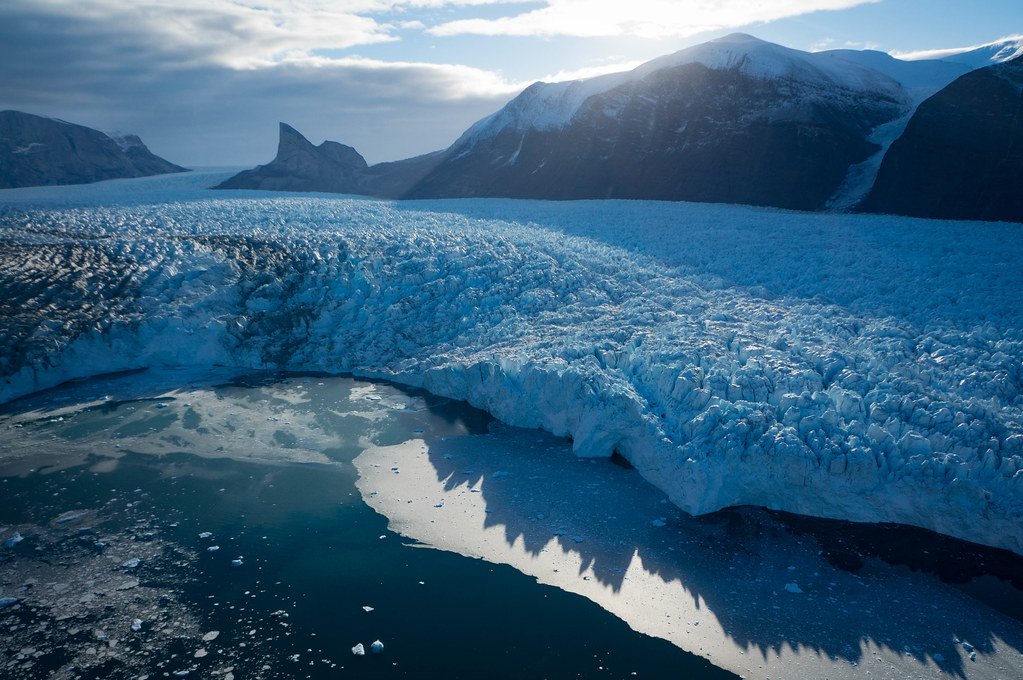
It’s easy to think of melting glaciers as a distant concern, affecting only those who live near towering peaks. But in reality, the freshwater paradox has far-reaching consequences. Glacier-fed rivers supply water to millions of people far downstream, often crossing national borders and fueling entire economies. Disruptions to these water supplies can trigger conflicts, migration, and economic turmoil. Even if you live thousands of miles from the nearest glacier, the food you eat, the electricity you use, or the goods you buy may depend on their meltwater. In our interconnected world, the fate of glaciers is tied to all of us.
Personal Stories: Lives Changed by the Thaw
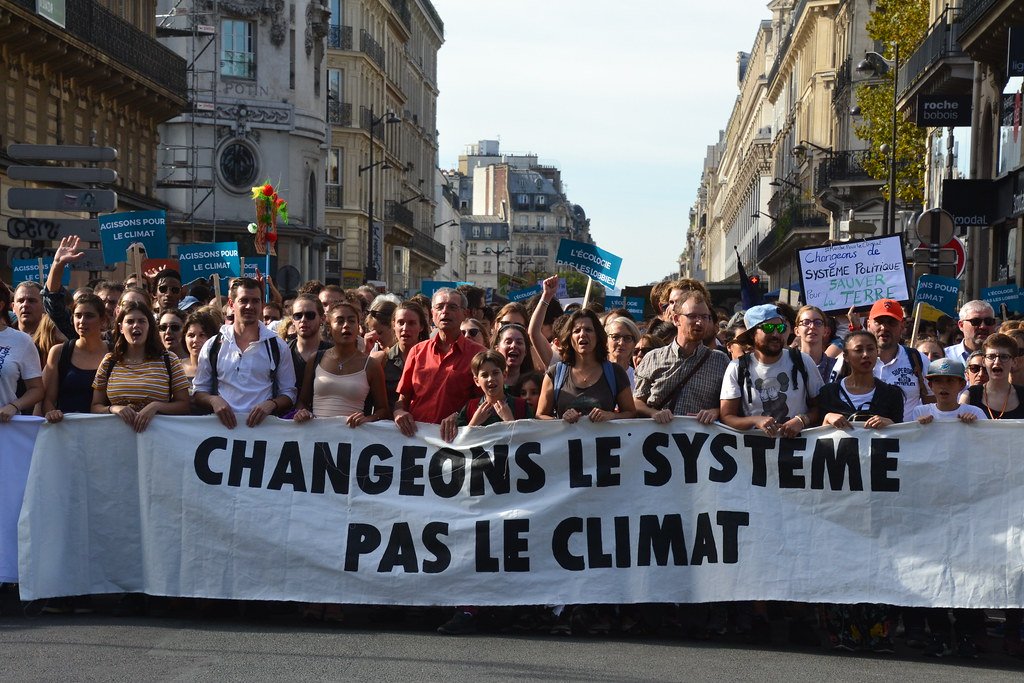
Behind every statistic is a real person, family, or community facing dramatic change. In the Peruvian Andes, farmers like Rosa have watched their once-reliable streams become trickles, forcing them to grow different crops or even leave their homes. In the Himalayas, schoolchildren trek longer distances each year to fetch water for their families. In Europe, residents of alpine villages worry every spring about floods sweeping away roads and homes built generations ago. These stories bring the freshwater paradox into sharp focus—they remind us that climate change isn’t just about numbers, but about lives turned upside down.
What the Future Holds: Adapting to a New Water Reality
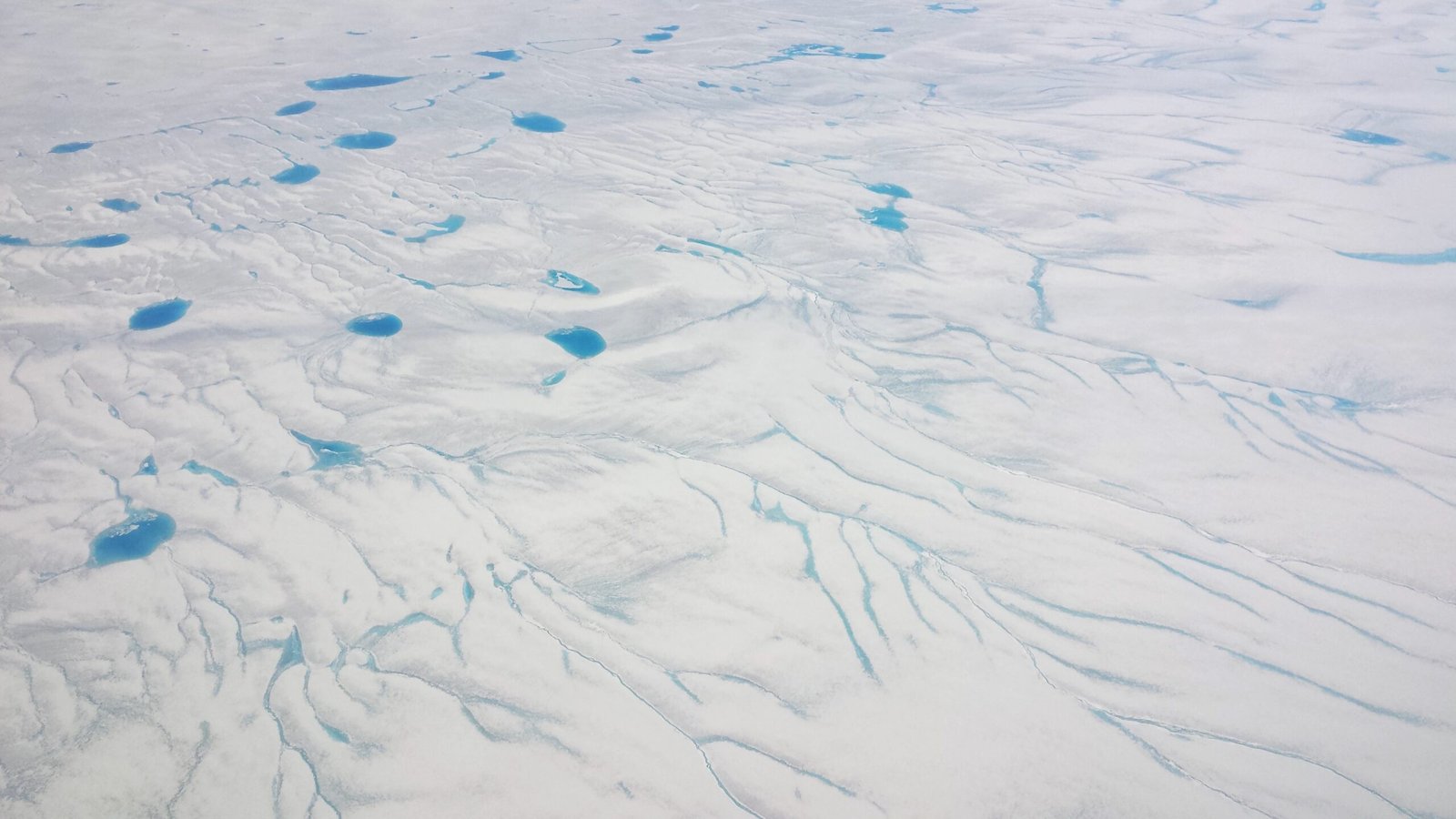
Looking ahead, the world faces tough choices. We can’t stop glaciers from melting overnight, but we can prepare for the changes that are coming. Investing in resilient infrastructure, improving water management, and embracing both traditional wisdom and new technologies will be key. At the same time, reducing greenhouse gas emissions remains the only long-term solution to slow glacier loss. The freshwater paradox is a warning and an opportunity—a chance to rethink how we value and use our planet’s most precious resource. Will we rise to the challenge, or be swept away by the tide of change?

